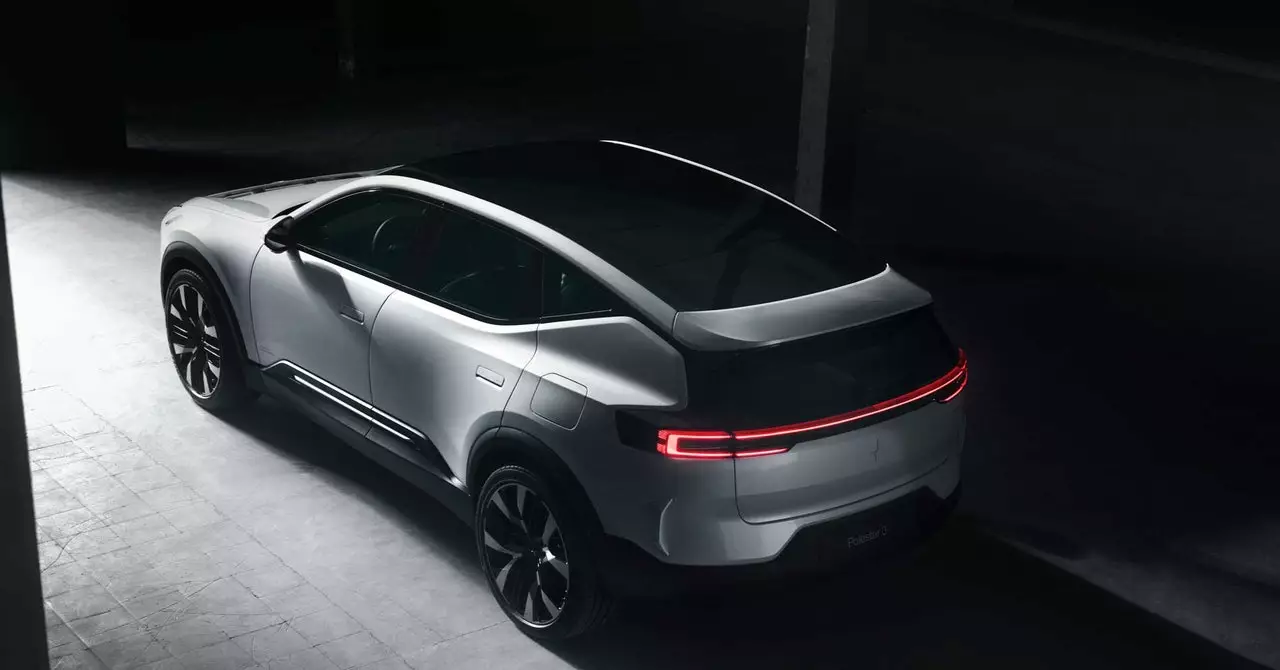One of the key issues highlighted by industry experts is the lack of differentiation between Polestar and its parent company, Volvo. It is noted that the design language of the two brands is too similar, with the new EV flagship, the EX90, being seen as a family-friendly version of the Polestar 3. To truly set itself apart from Volvo, Polestar should focus on providing more visual differentiation and differences in terms of performance and features. Simply positioning their cars at a slightly higher price point than Volvo equivalents is not enough to establish a unique identity in the market.
According to industry analysts, Polestar’s branding problems began early on with its acquisition by Volvo and the slow introduction of new products into the market. There is criticism that Polestar was too slow to capitalize on the growing demand for electric vehicles when the market conditions were favorable. The pressure to be profitable in a static or depressed market is described as intense, highlighting the need for strategic decision-making and effective brand positioning.
In the face of market volatility and challenges posed by protectionist measures, experts suggest that technology advancements in battery and powertrain engineering present opportunities for brands like Polestar. With the emergence of AI and machine learning, there is potential for lowering costs and improving the overall performance of electric vehicles. The ability to leverage these technological advancements could be a key differentiator for Polestar in the increasingly competitive EV market.
As Polestar navigates its way through the market landscape, there are discussions about its position as a standalone brand versus being integrated back into Volvo. Industry insiders emphasize the need for new executives to run a competent operation, keep costs in check, and adapt to changes in the market dynamics. The future success of Polestar will depend on its ability to strategically position itself within the EV market and respond effectively to evolving consumer demands.
The critical analysis of Polestar’s current position and future prospects highlights the need for strategic decision-making, brand differentiation, and technological innovation. As the brand faces challenges in a competitive and rapidly evolving market, it will be essential for Polestar to reevaluate its positioning, address branding issues, and capitalize on technological advancements to secure its place in the electric vehicle industry.

